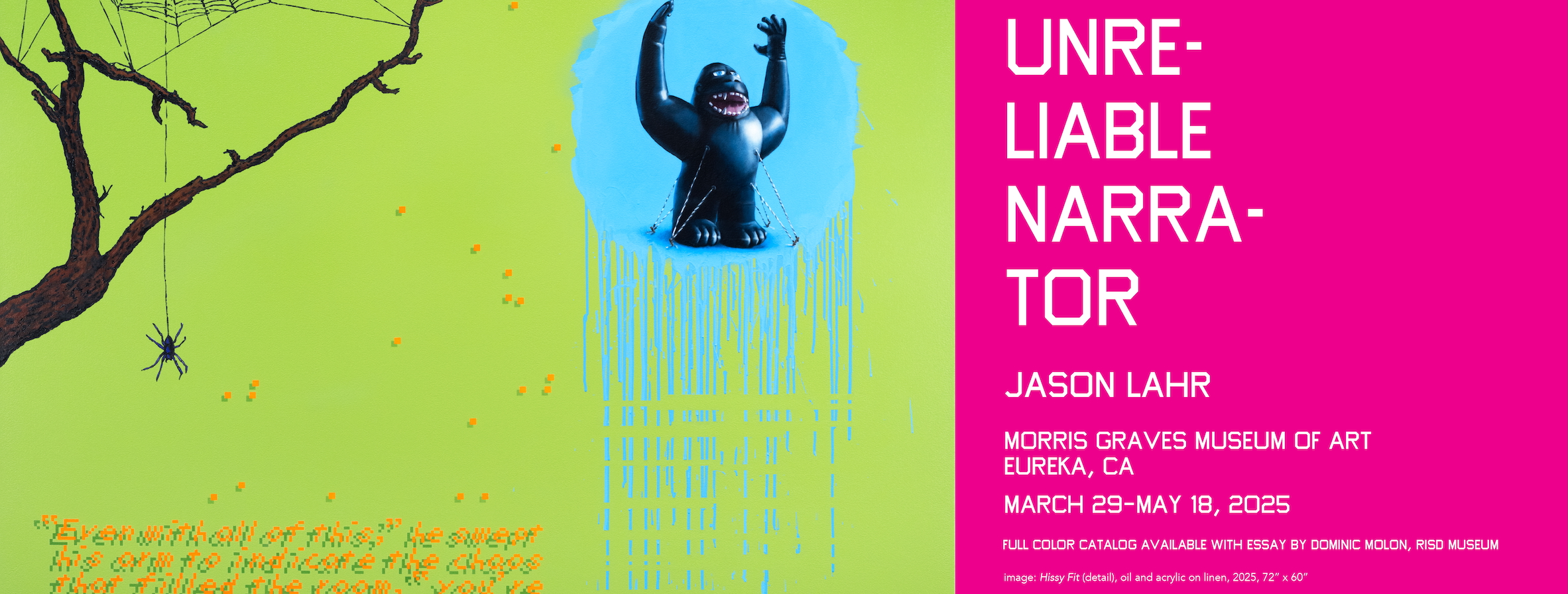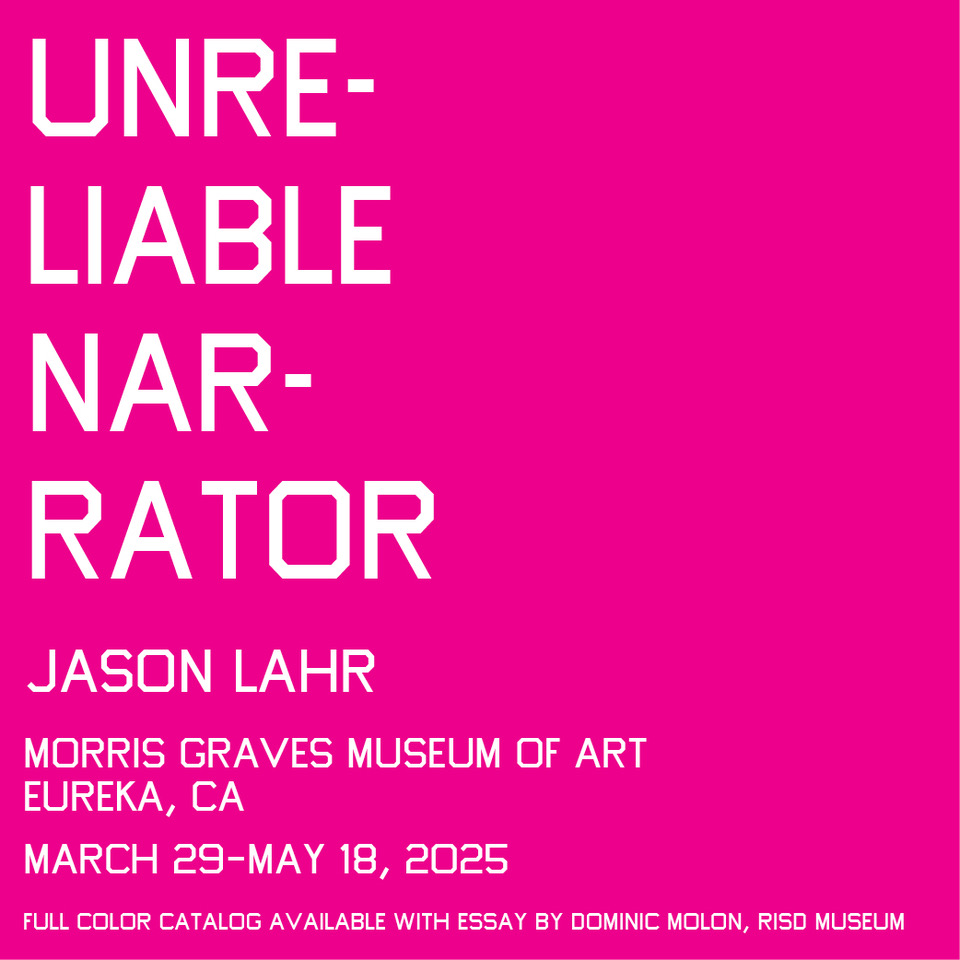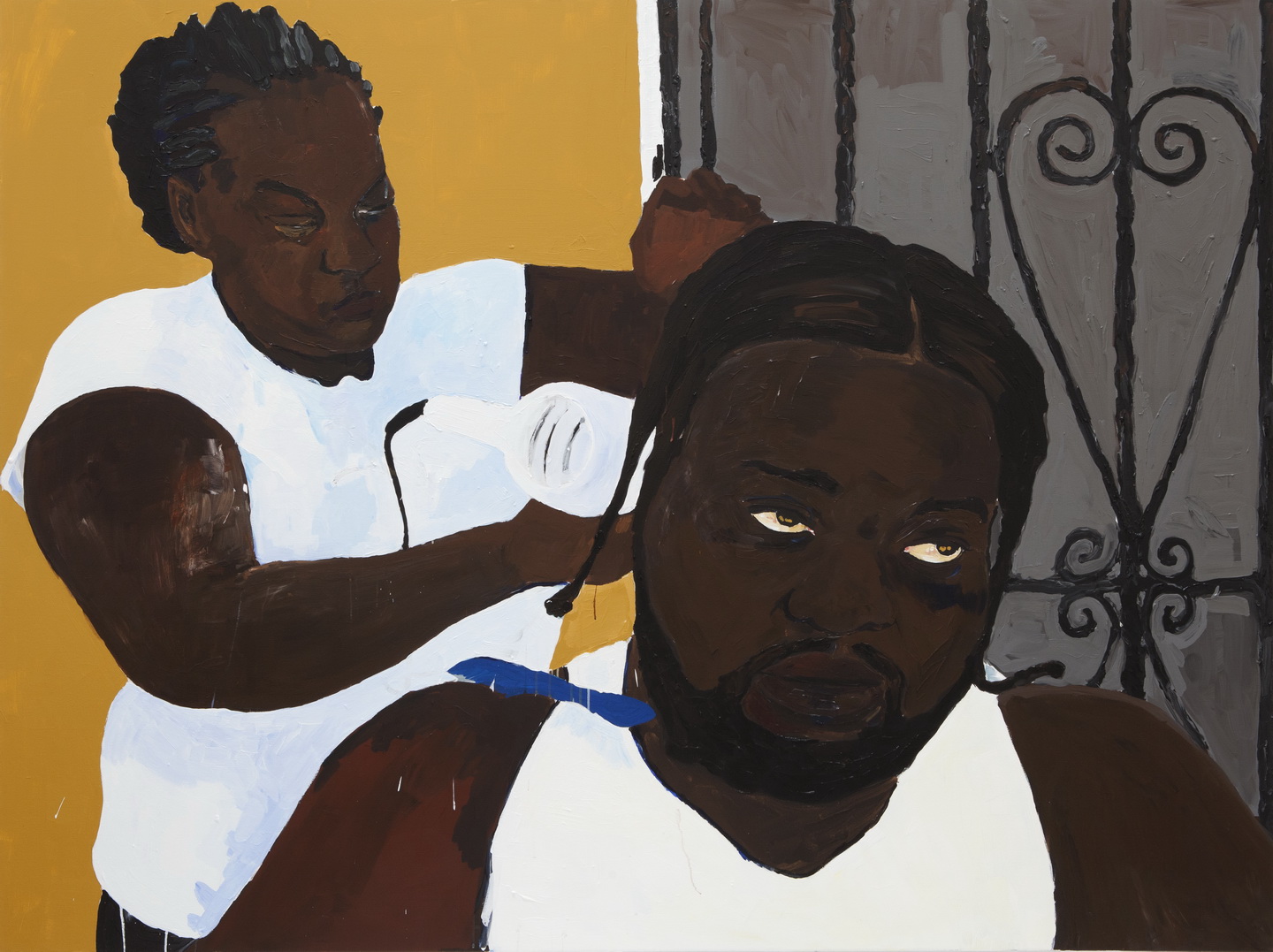Henry Taylor has described his figurative painting, which is not infrequently straight portraiture, as landscape; and to press the point, he has taken the further step of mounting the work within a gallery prepared from the floor up, in effect treating the space as landscape. But these are paintings we read implicitly from the ground up. More than a few are compositionally weighted toward the foreground; which accounts for only part of what feels like a virtual gravitational pull. His subjects are mostly thrust forward or arrayed against a backdrop that may be suggested in only the most abstractly schematic terms.
Taylor “sets a scene” in the literal terms of the installation and in the painted space surrounding the figures or portraits: there’s continuity between the stuff that shapes his perception and painting, and the stuff that shapes character itself. He wants us to see the debris—tarp and cinderblock wall, abandoned garden bench and dead tree, graffiti (including a street-muralista-style Michael Jackson)—of the first gallery, or the pool floats and grassy perimeter of the second, in the surrounding paintings, whether suggested by a detail or sublimated into the pigments; and we do. A fragment of the dead tree seems to loom up behind emory lambus (all works acrylic on canvas, 2016, unless otherwise indicated), as if to pull him out of the abbreviated crouch that elides one leg into a scumbled void and reduces the other to a ghostly white line.

Kahlil Joseph, Wizard of the Upper Amazon, 2016. ©Kahlil Joseph, courtesy of the artist and Blum & Poe, Los Angeles/New York/Tokyo.
The pool floats show up in what might be Taylor’s self-portrait in a Hockney-style pool (fil’s house). The dense green backdrop for yellow cap sunday might actually be a golf course green, with its subject shrewdly lining up a putt; while, in the “dirt field” gallery, the pink atmospheric background and the blue of the man’s sweater flecks the large head that fills half the triple-portrait, i’m yours (2015).
Details, highlights—often in clashing and contrasting primary and secondary strokes, against densely contoured impasto—all probe at the membranes of social and psychological space. Taylor is almost classically expressionist in technique and palette, but also direct and impatient: a “brutalist among the fauves.” A third gallery clearly represents a “studio space” and is given over to less expansive figure-in-ground studies, straight portraits and kindred spirits (e.g., danny Fox); but there is psychological complexity in Taylor’s “comfort zone,” where the portraits are as powerful as anything in the preceding two galleries. The “stain” of place seems less immutable here, as Taylor lets it play out against real time and the scope of his sympathetic apprehension. Consider the raw chromatic shredding of a portrait he titles From Lagos to London. He’s compressing time and distance, and the color and brush work echo the motion and momentum. Contrast it then with the rough-hewn and tamped-down, almost monochromatic, stillness of Pride of the Homeless.
Kahlil Joseph’s film, Wizard of the Upper Amazon, made for a kind of black-and-white decompression “club-room” after the electricity of the three preceding galleries—an appropriate pendant to a body of work by an artist intent upon drawing his subjects (and audience) close; intent upon understanding them, and upon showing us how he understands.




